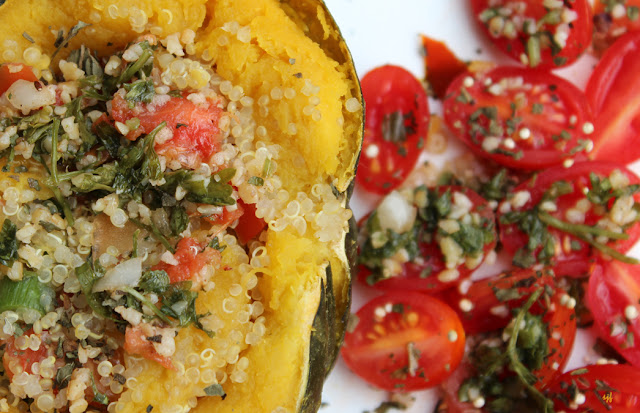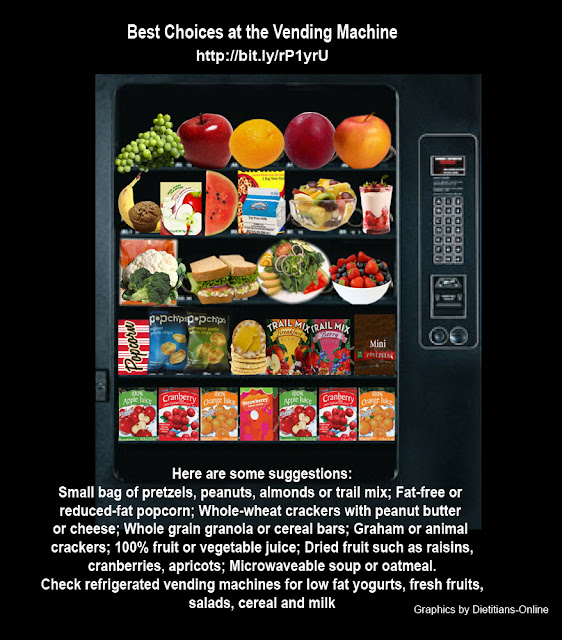World Health Day is celebrated on April 7 to commemorate the founding of the World Health Organization (WHO) in 1948. Each year a theme is chosen to address a significant global health concern. The theme for World Health Day 2013 is controlling high blood pressure, which affects more than one in three adults worldwide. High blood pressure or hypertension can lead to fatal heart attacks, strokes, and chronic heart and kidney disease.
Many people do not know they have high blood pressure because it does not always cause symptoms. Hypertension is easily diagnosed and treated if health care services are available.
For many people, lifestyle changes are sufficient to control blood pressure. For others, medication is needed.
Early detection is key; all adults should know their blood pressure.
Salt Matters: Preserving Choice,
Protecting Health
Protecting Health
Where does sodium come from?
Sodium comes from natural sources or are added to foods. Most foods in their natural state contain some sodium. However, the majority of sodium Americans consume comes from sodium added to processed foods by manufacturers. While some of this sodium is added to foods for safety reasons, the amount of salt added to processed foods is above what is required for safety and function of the food supply.
Reading Labels
When you buy prepared and packaged foods, read the labels. You can tell the sodium content by looking at the Nutrition Facts panel of a food. Listed are the amount for sodium, in milligrams (mg), and the “% Daily Value.” Also read the ingredient list to watch for the words "soda" (referring to sodium bicarbonate, or baking soda), "sodium" and the symbol "Na" to see if the product contains sodium.
Salt and/or Sodium Descriptors
Salt Free: Meets requirements for "sodium free."
Sodium Free: Fewer than 5 milligrams sodium per serving.
Very Low Sodium: 35 milligrams or less sodium per serving.
Low Sodium: 140 milligrams or less per serving
Reduced Sodium: At least 25 percent less sodium per serving.
Unsalted: Has no salt added during processing. To use this term, the product it resembles must normally be processed with salt and the label must note that the food is not a sodium-free food if it does not meet the requirements for "sodium free".
The FDA and USDA state an individual food that has the claim "healthy" must not exceed 480 mg sodium per reference amount. "Meal type" products must not exceed 600 mg sodium per labeled serving size.
Sodium and Hypertension.
In order for a food to make an Allowable Health Claim it must contain a defined amount of nutrients. In relationship to sodium and Hypertension the amount is 140 milligrams or less sodium per serving.
American Heart Association (AHA)
The American Heart Association recommends you choose and prepare foods with little or no salt to reduce the risk of cardiovascular disease. Aim to eat less than 1,500 mg of sodium per day (less that 3/4 teaspoon of salt).
The AHA is working with federal agencies to identify ways to reduce the amount of sodium in the food supply. The association is encouraging food manufacturers and restaurants to reduce the amount of sodium in foods by 50 percent over a 10-year period. AHA will help Americans lower the amount of sodium they consume by the following strategies:
1. Reduce the amount of sodium in the food supply,
2. Make more healthy foods available (e.g., more fruits and vegetables); and
3. Provide consumers with education and decision-making tools to make better choices.
Tips for reducing sodium in the diet
1. Choose fresh, frozen or canned food items without added salts.
2. Select unsalted nuts or seeds, dried beans, peas and lentils.
3. Limit salty snacks like chips and pretzels.
4. Avoid adding salt and canned vegetables to homemade dishes.
5. Select unsalted, lower sodium, fat-free broths, bouillons or soups.
6. Select fat-free or low-fat milk, low-sodium, low-fat cheeses and low-fat yogurt.
7. Use spices and herbs to enhance the taste of your food.
8. Add fresh lemon juice instead of salt to fish and vegetables.
9. When dining out, ask for your dish to be prepared without salt.
10. Don’t use the salt shaker.
Salt Free: Meets requirements for "sodium free."
Sodium Free: Fewer than 5 milligrams sodium per serving.
Very Low Sodium: 35 milligrams or less sodium per serving.
Low Sodium: 140 milligrams or less per serving
Reduced Sodium: At least 25 percent less sodium per serving.
Unsalted: Has no salt added during processing. To use this term, the product it resembles must normally be processed with salt and the label must note that the food is not a sodium-free food if it does not meet the requirements for "sodium free".
The FDA and USDA state an individual food that has the claim "healthy" must not exceed 480 mg sodium per reference amount. "Meal type" products must not exceed 600 mg sodium per labeled serving size.
Sodium and Hypertension.
In order for a food to make an Allowable Health Claim it must contain a defined amount of nutrients. In relationship to sodium and Hypertension the amount is 140 milligrams or less sodium per serving.
American Heart Association (AHA)
The American Heart Association recommends you choose and prepare foods with little or no salt to reduce the risk of cardiovascular disease. Aim to eat less than 1,500 mg of sodium per day (less that 3/4 teaspoon of salt).
The AHA is working with federal agencies to identify ways to reduce the amount of sodium in the food supply. The association is encouraging food manufacturers and restaurants to reduce the amount of sodium in foods by 50 percent over a 10-year period. AHA will help Americans lower the amount of sodium they consume by the following strategies:
1. Reduce the amount of sodium in the food supply,
2. Make more healthy foods available (e.g., more fruits and vegetables); and
3. Provide consumers with education and decision-making tools to make better choices.
Tips for reducing sodium in the diet
1. Choose fresh, frozen or canned food items without added salts.
2. Select unsalted nuts or seeds, dried beans, peas and lentils.
3. Limit salty snacks like chips and pretzels.
4. Avoid adding salt and canned vegetables to homemade dishes.
5. Select unsalted, lower sodium, fat-free broths, bouillons or soups.
6. Select fat-free or low-fat milk, low-sodium, low-fat cheeses and low-fat yogurt.
7. Use spices and herbs to enhance the taste of your food.
8. Add fresh lemon juice instead of salt to fish and vegetables.
9. When dining out, ask for your dish to be prepared without salt.
10. Don’t use the salt shaker.
Resources.
WHO, A global brief on hypertension
National Heart, Lung, and Blood Institute (NHLBI). National High Blood Pressure Education Program
The International Society of Hypertension (ISH). ISH's main objectives are to promote and encourage the advancement of scientific knowledge in all aspects of research and its application to prevention and management of heart disease and stroke in hypertension and related cardiovascular diseases around the world.
The World Hypertension League (WHL). The objectives of the World Hypertension League (WHL) are to promote the detection, control and prevention of arterial hypertension in populations.

































